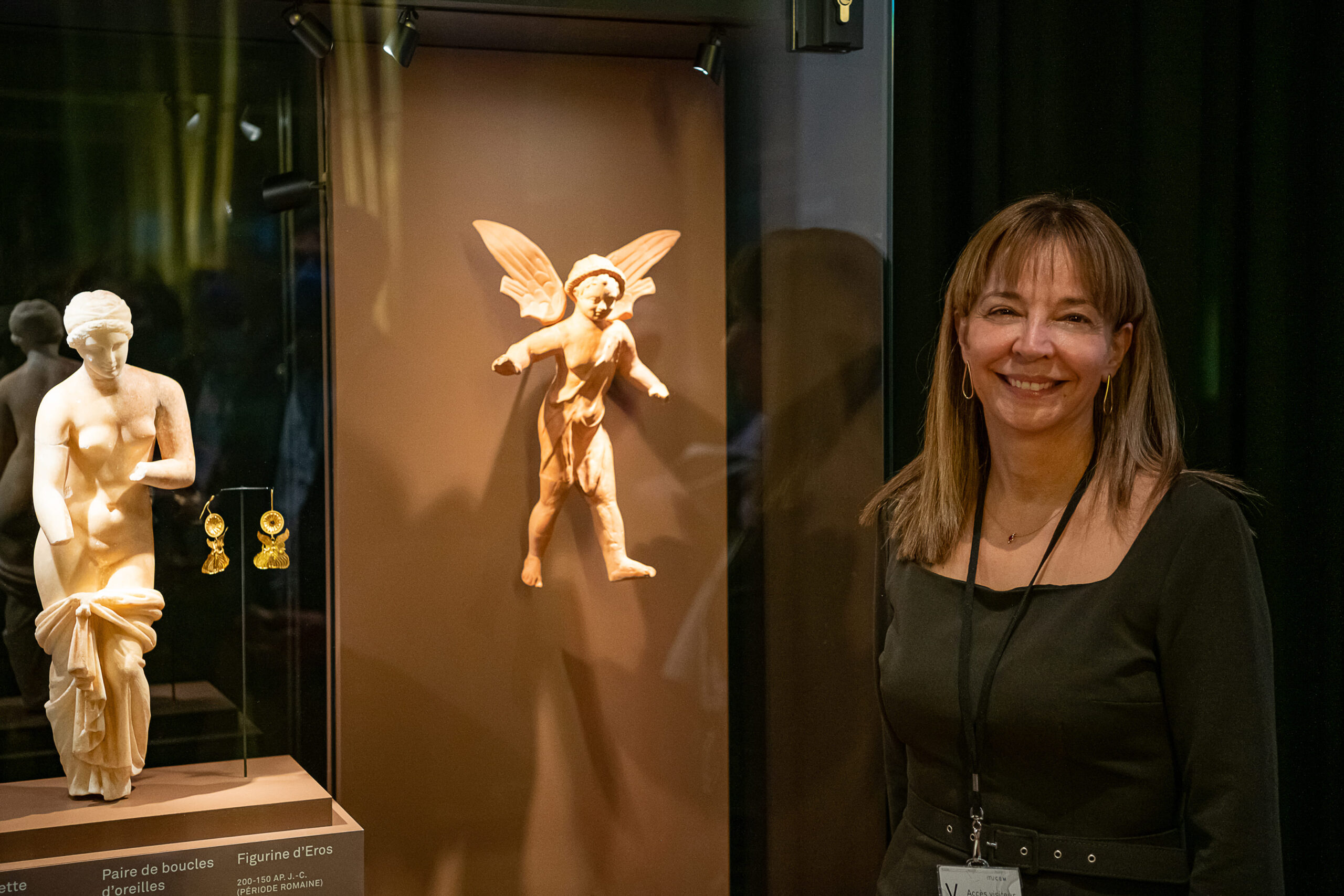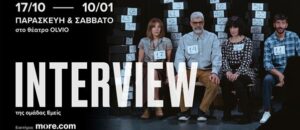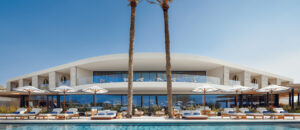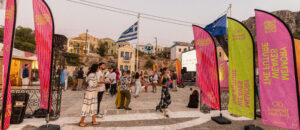
The director of the Archaeological Museum of Chania, Dr. Eleni Papadopoulou, speaks to the historian Sofia Papaspiliopoulou and grtraveller magazine
In the modern building and the permanent collection of the Archaeological Museum of Chania, with findings from the Paleolithic era to Roman times, we are guided by its director, Dr. Eleni Papadopoulou. The permanent exhibition is enriched with faithful reproductions of spaces, visual aids, digital projections, tactile exhibits (replicas of ancient objects), and captions in Braille, as well as with audio tours.
The Archaeological Museum of Chania is one of the most modern in Greece and one of the newest as it began operating in 2022. What is the history behind its creation?
The long journey of the Archaeological Museum of Chania begins in 1899, when its establishment is voted by the Hegemonic Council of the Cretan State. At that time, at the end of the 19th century, the collection of ancient artifacts began to be formed, originating from excavations, donations, purchases, and confiscations, which formed the nucleus of the Archaeological Museum of Chania.
During the 20th century, the museum underwent many adventures, including relocations, destruction, and looting, especially during the period of German occupation, until its establishment in 1962 at the Catholic section of the Venetian Monastery of Αgios Frangiskos. There, in the heart of the old town of Chania, for 58 years, it served as the ark that preserved, maintained, and showcased the archaeological wealth of the Chania region.
On September 13, 2020, the Archaeological Museum of Chania permanently closed its doors at Agios Frangiskos. After a tumultuous journey through space and time, closely intertwined with the history of the place that ‘birthed’ it, it now finds its permanent home in its new facilities in the historic neighborhood of Halepa.
What are the innovations in the design and architecture of the museum building, and how do they contribute to enhancing the visitor experience and presenting the exhibits?
The overall architectural proposal by Theofanis Bobotis and his associates is realized through the composition of two distinct linear buildings emerging from the ground and facing the Cretan Sea. This is a symbolic reference to the elements of culture found beneath the earth’s surface, but also a bioclimatic choice with the best possible adaptation to the steeply sloping terrain, as the entire structure is submerged about 50% into the ground. The exhibition halls follow the strict geometry of the volumes. With clean surfaces, simple and tall, they ensure a spacious exhibition and at the same time dynamic environment. Thus, the visitor, after entering the Museum, will navigate through successive halls, tracing a “circular” path to end up at the point where he started.

Τhe building is a dynamic, open, continuous, and peaceful space within the dense urban environment. The interior of the building with lucid and flat surfaces and high ceilings provides a spacious exhibition area and a visitor-friendly environment. Selected openings at the long-term exhibition enable visitors to exit the circuit and relax at the spots around the luminous atrium before continuing exploring.
What significant exhibitions can one see at the museum and what is their significance?
As the central Archaeological Museum in the capital of the regional unit, it hosts approximately 4,100 findings from all areas of Chania and of course the island of Gavdos, covering a wide chronological spectrum from the Paleolithic Era to Roman times. The narrative directions, through the presentation of representative objects, unfold the long journey through time that traverses the prehistoric settlements and the historical cities of Chania, highlighting the social and administrative organization, religion, entertainment, war, and trade. They also exhibit aspects of daily life, depicting occupations, dwellings, furniture, utensils, adornments, to reach ritual customs and people’s attitude towards death.
To achieve the above goals, there are detailed timelines, maps with the locations of all mentioned place names, bilingual (Greek, English) visual and digital media, and of course representations-installations, which depict significant aspects of life during prehistoric and historical times.
In the upper floor hall, a significant number of objects from the Collection of Konstantinos, Marika, and Kyriakos Mitsotakis is exhibited, dating from the 4th millennium BC to the 3rd century CE. The Collection consists of vessels, figurines, seals, jewelry, weapons, tools, and other artifacts made from various materials, most of which originate from Crete.

What is the most common reaction of visitors when they first enter the museum and explore the exhibits?
They are first impressed by the height and spaciousness of the building, which, combined with the white surfaces and natural light of the atrium, create a particularly friendly and pleasant environment. Then, within the exhibition, they show great interest in the reconstructions-installations that shape moments of ancient human life, as well as in the digital narratives. We have observed that a considerable number of visitors stay for up to 4 hours in the museum’s spaces, moving in and out of the exhibition halls and the atrium-relaxation area, as well as in the Café.
Why should a traveler consider visiting the new Archaeological Museum of Chania?
The Museum was created not only to be a space of memory but also an open, neutral, and safe space for knowledge, reflection, inspiration, creativity, participation, and entertainment. It is a cultural landmark that incorporates the principles of inclusivity, diversity, well-being, and sustainability, and promotes connections between local, national, and international audiences.
The long-term exhibition is based on a structured narrative path with a spatiotemporal and thematic organization. Alternated colors and lighting enhance the experience of the visit. The interplay of visual, digital, and interpretative media creates an appealing and easy-to-understand narrative, especially for children.
The texts are easy to read and understand. Unique and many-faceted masterpieces (beyond their utility or symbolic value) offer multi-vocal narratives; visitors are both participants and ‘co-owners’ of past events (e.g. Miser’s house) and they can imagine, reflect and reminisce the personal history of past people and most importantly better connect with the man behind the objects.
What kind of educational programs are offered at the museum and what age groups do they target?
Each school year, personalized educational activities and lectures are created and offered to students completely free of charge. Of course, educational activities are not conducted only in one room but throughout the entire museum space.
Educational programs start from preschool age, cover all school levels, and specialized programs have been developed for adults, such as with the Therapy Center for Dependent Individuals (KETHEA). We also organize teacher training programs so that educators can themselves make use of the exhibition’s potential.

















